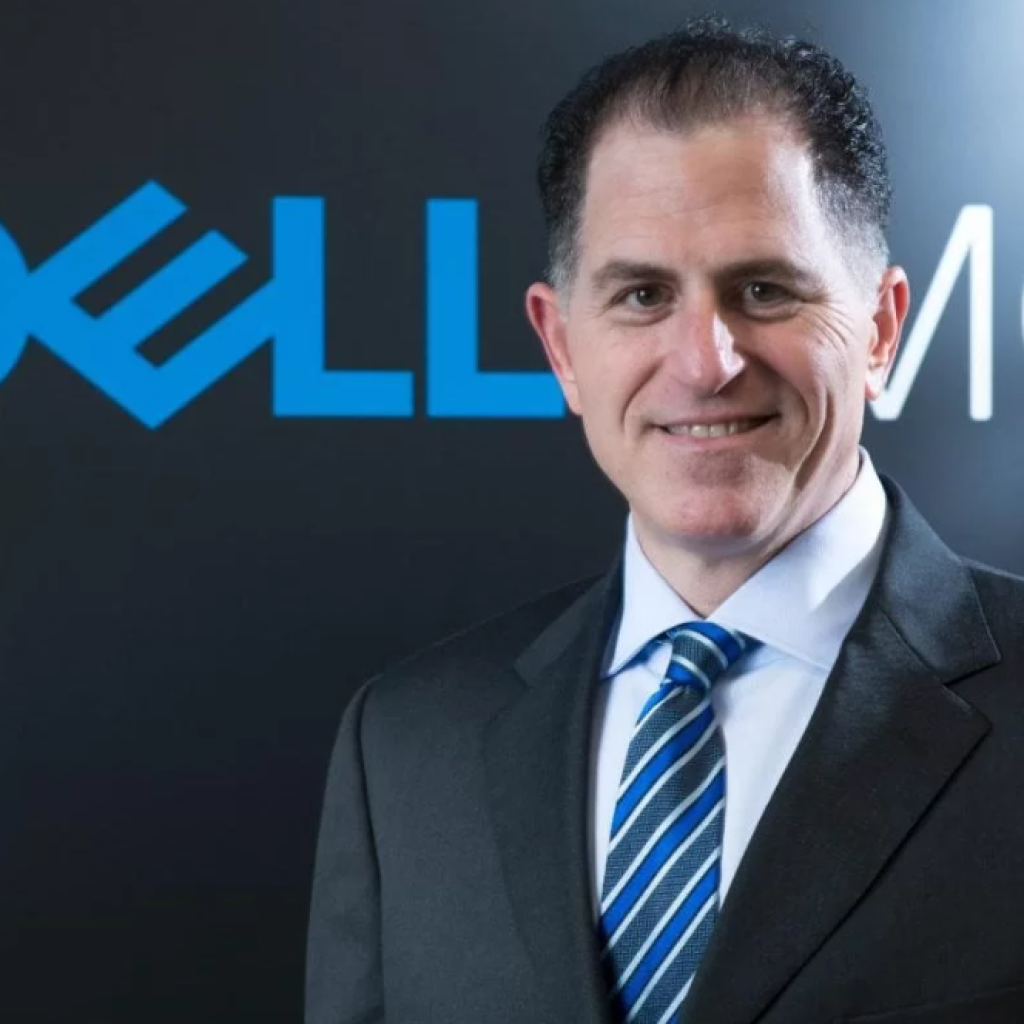In a groundbreaking leap for historical preservation, artificial intelligence has successfully decoded an ancient Greek word from the Herculaneum scrolls, offering a glimpse into the past obscured by Vesuvius’ eruption in 79 AD.
The Revelation of ‘πορφύραc’
AI’s prowess shone as it unveiled the meaning behind the Greek word ‘πορφύραc,’ translating to “(Tyrian) purple” in English. This term carries a profound cultural significance, hinting at royalty and influence in the ancient world. The Herculaneum scrolls, numbering over 1,800, are believed to harbor philosophical and literary treasures from the first and second centuries BC.
Vesuvius challenge ignites decoding revolution
Enter the Vesuvius Challenge, a dynamic project spearheaded by a consortium of Silicon Valley researchers and investors. This initiative harnessed the power of AI and advanced machine learning to tackle the intricate task of unraveling the mysteries locked within the charred and fragile Herculaneum scrolls.
AI Pioneers rewarded
Recent triumphs in this endeavor rewarded the tenacity of individuals like Luke Farritor, an American college student, and Youssef Nader, an Egyptian graduate student in Germany. Independently identifying ‘πορφύραc’ from a well-preserved scroll fragment, they claimed their accolades—Farritor securing $40,000, and Nader receiving $10,000.
The Herculaneum Scrolls: Historical puzzle
Discovered in 1752 amidst the ruins of the ancient city near Pompeii, the Herculaneum Scrolls posed an enduring challenge for historians. Fragile and charred, these relics resisted previous attempts at decipherment. Carbon-based ink, visually indistinguishable from the charred papyrus, further complicated the process.
Innovative techniques and decoding breakthrough
Enter Professor Brent Seales and his team at the University of Kentucky. Their innovative approach, blending high-resolution scanning and a finely tuned machine learning model, cracked the code. Subtle ink interactions with papyrus fibers, invisible to the human eye, became discernible, unlocking the hidden texts within the scrolls.
Vesuvius Challenge’s technical arsenal
The Vesuvius Challenge unleashed a technical arsenal, featuring 3D X-ray images of two rolled scrolls and three papyrus fragments. Augmented by a specialized AI program, this arsenal interpreted characters in the scrolls, capitalizing on subtle ink alterations on the papyrus’s composition.
Future pursuits and grand prize beckon
The decoding journey is far from over. The Vesuvius Challenge beckons participants to uncover four significant passages from the scrolls by the end of 2023. Each passage, a minimum of 140 readable characters, represents a crucial piece in reconstructing the intellectual tapestry of ancient times. A grand prize of $700,000 awaits the intrepid minds who succeed.
Unlocking history after 2,000 years
For the first time in over 2,000 years, a portion of the sealed Herculaneum scrolls has yielded its secrets. The endeavor to resurrect the wisdom contained within these ancient manuscripts has become a testament to human ingenuity and technological advancement.
In the relentless pursuit of decoding history, the Vesuvius Challenge stands as a beacon, showcasing the intersection of artificial intelligence and historical preservation. The revelation of ‘πορφύραc’ marks a pivotal moment, opening doors to ancient wisdom long considered lost. As the challenge presses on, the promise of unlocking more passages from the Herculaneum scrolls fuels the imagination, driving scholars and enthusiasts alike to delve into the rich tapestry of our collective past.





